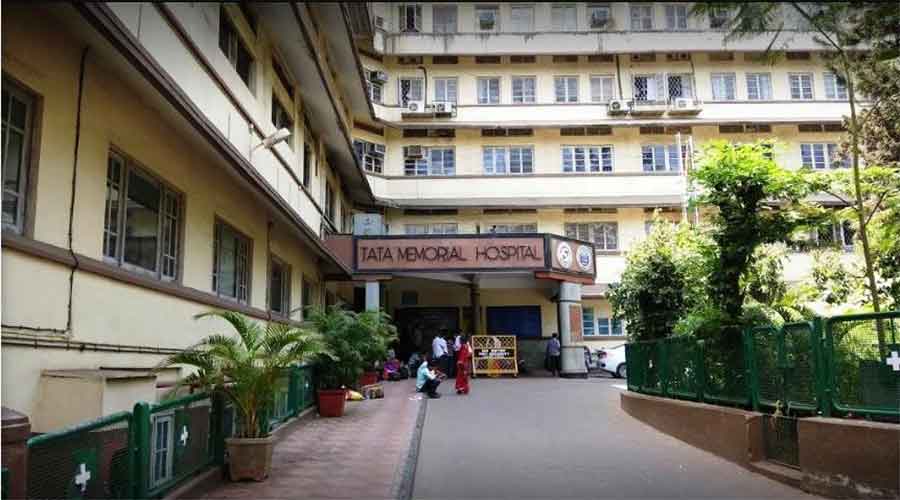A significant number of patients from Bengal prefer to be treated in south India, Mumbai or Delhi. This may not be a very unusual trend, as patients from Bangladesh and Bhutan prefer Kolkata for treatment and some of the affluent families of Mumbai prefer the first-world countries. This trend of medical tourism has been badly affected during the Covid period.
Taking cancer treatment as an example, around 25 per cent of the cancer patients from Bengal visit the Tata Memorial Hospital (TMH), Mumbai, for treatment, according to the state government. This trend and preference of outstation treatment definitely merits a discussion.
The reality
Lack of trust, credibility, high cost, infrastructural deficits and deficiencies in quality care are the common reasons for the patients to move out of Bengal. However, in the past couple of decades there has been a marked improvement in the healthcare facilities both in the government and corporate sectors. There are many centres now in Bengal which are on a par with the national standards. However, the mindset of the common people is most important in this regard. Everybody desires to have the best treatment at a reasonable cost.
Behaviour and approach of the healthcare personnel do not seem friendly or appropriate in Bengal when compared with other states. Some health professionals fail to realise that they are doing no favour to the patients, it is their duty. There may also be a lack of adequate training in this regard.
When the treatment and facilities are compared between Bengal and other states, the comparison must be among equals like corporate hospitals with corporate hospitals and government hospitals with government hospitals. Otherwise, common people may develop a misconception and apathy regarding some institutions. In general, government hospitals are welfare institutions, whereas corporate hospitals are business ventures with an intention of welfare.
Apex institutions
Institutions like AIIMS, Delhi, TMH, Mumbai, or CMC, Vellore, have the credibility and brand value to attract patients from any part of the country. The first two are government hospitals while the third is a non-government institution. Treatment in such institutions have significant advantages. There is no need to select the doctor as in the private sector. The institutions provide trained personnel and quality infrastructure under one roof. Complete and quality treatment is assured on one campus. The cost of treatment is also reasonable. The hospitals have excellent websites and options for e-consultations are usually available.
However, those travelling to these institutions from faraway places need to be aware of certain other aspects as well. There is always a waiting list because of patient overload. A patient awaiting cancer surgery may have to wait two or three months, by which time the disease may have significantly progressed.
In general, compared to the corporate sector, treatment is usually time consuming. Adequate manpower needs to be kept ready to meet any crisis.
Although, the treatment cost is reasonable, staying in a metropolitan city for a prolonged period is costly. Also, different doctors may be meeting the patient on different days and the unit head may be difficult to communicate with, which patients desire.
Those who need long-term treatment like cancer treatment may not be able to stay back there for eight or nine months to complete the therapy because of logistic and cost issues. Patients have to depend on the local physicians in their native places who are sometimes reluctant to take up such cases, as the treatment and outcome responsibility lies with the treating institution. Local doctors are apprehensive that any poor outcome may be blamed on them. Divided responsibility, non-availability and non-contactability during crisis is an issue of concern for patients treated in other states once they are back home.
Individual vs institution
The key factor in treating patients is not only providing quality care, but also taking the full responsibility. Those treated in other states need to liaison with the local doctors to achieve the best outcomes. Bengal differs with many other states as many common people still depend on and trust individual doctors more than the institutions. A few individuals have even outgrown institutions with their performance, dexterity, and veracity. However, it is the individuals which make institutions.
Many outstation corporate hospitals have information centres as part of their business strategy. It is always better to contact hospitals directly rather than rely on agents whose credentials may be doubtful. Information regarding apex institutions is best available on their websites. Cancer patients also have a choice of getting treated in a cancer hospital or a corporate hospital’s oncology department with a multi-speciality backup. Selection of institutions or individual doctors is entirely a personal decision.
The success of online and distance education courses have given hope to many, but distance medical treatment is not an attractive option. A correct choice needs to be made early. The decisions cannot be based on emotion alone as there are a lot of practical issues.
The post-Covid era will certainly open up new opportunities for all.
